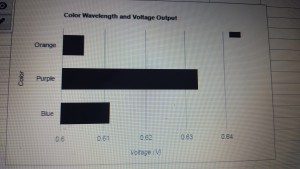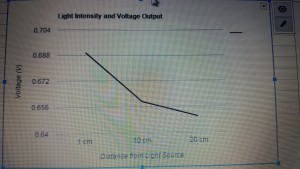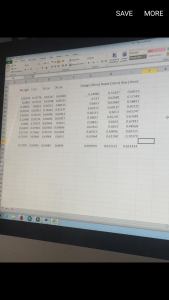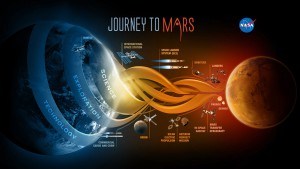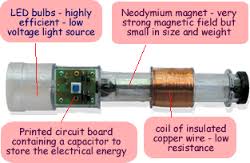Theory
As a group we built a model of a geothermal power plant and reservoir to learn more about geothermal energy and its advantages and disadvantages. We used steam, a pot and a pinwheel to demonstrate the power of geothermal energy.
What is Geothermal Energy?
Click here to watch a short video on what exactly Geothermal Energy is or read below.
Geothermal energy is a form of renewable and sustainable energy in which we are able to get from the Earth itself, the Earth has four different sections: crust, mantle, outer core, and inner core, each with their own form of heat. By the temperature inside the Earth reaching up to 9,000°F this can be used as a form of renewable energy. Geothermal energy depends on water moving through the water cycle and the interior heat of the earth. The water on Earth is part of the global water cycle which makes this a form of renewable resource. While the rainwater seeps into the crust of the earth, this is being heated inside the earth and the rainwater resurfaces as steam or hot water. Hot water which becomes trapped under impermeable rock is called a geothermal reservoir. Geothermal energy is obtained through geothermal reservoirs which are operated by turbines. Geothermal energy only release water and the geothermal plants do not emit any greenhouse gases. Currently there are different kinds of geothermal plants which are dry steam, flash steam, and binary cycle. The cycle consists of the hot water or steam from the reservoir creating electricity.
Below is an image of a geothermal plant and a diagram of how geothermal energy is created through a reservoir.


Set-Up
Our experiment had changed from what we had originally researched due to our professor Dr. Shatz suggesting a better method. We used the materials listed below.
Materials: Pot, Stove Top, Ruler, Pinwheel, Permanent Marker & Electric Kettle
- We set the equipment up by boiling the water and place the pot on the stove top. (By boiling the water the process was much quicker as the stove top took longer to heat the water)
- We then took the pinwheel and made a mark on it. (This allowed us to know when the pinwheel made a full circle)
- We then took the pinwheel and placed it above the pot of boiling water and also held a ruler next to the pot,measuring the height. We tried this at several heights and counted in intervals of 20 seconds to measure how many spins.
The steam that was created through the boiling water represented how geothermal energy works and the pinwheel displayed how geothermal energy can cause it to spin.
For each height we recorded our data.
Results

Conclusion
Our results displayed that the pinwheel did not spin higher than 28 inches, we had a range from 10 inches to 27 inches with the distance from the table in which the pinwheel spun. At 28 inches we learned that the steam dispersed at this height which caused the pinwheel not to spin. In addition we learned that the closer the pinwheel was to the pot the slower it spun, however, while the pinwheel was placed in the centre it spun much faster.
From the experiment we gained a greater understanding of geothermal energy.

